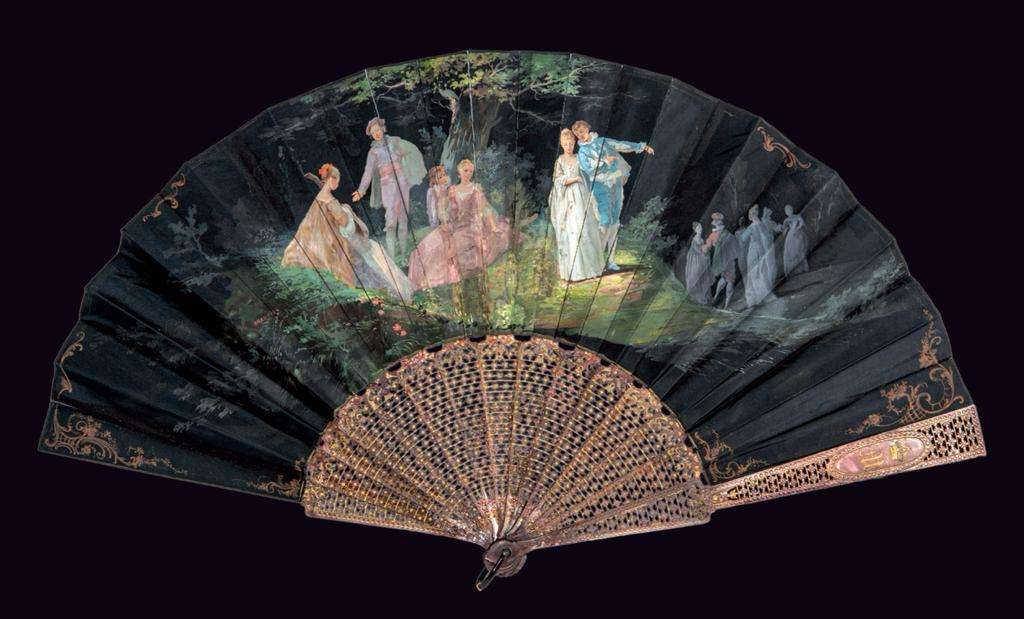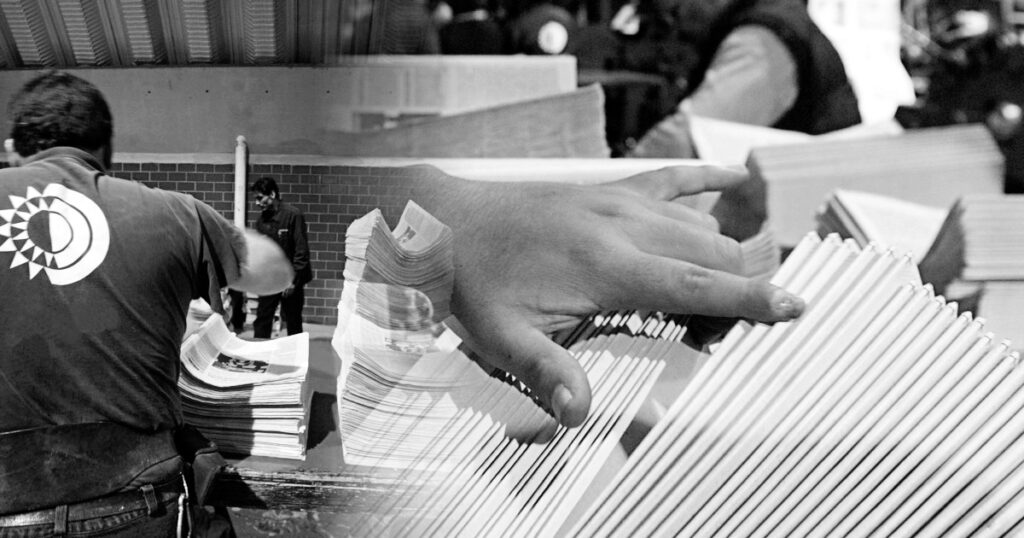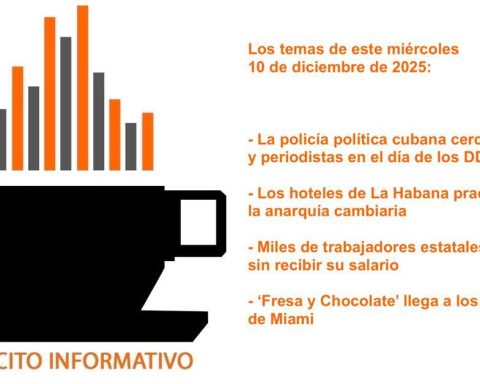Dulce María Loynaz liked the art of collecting; she was “the secret vocation of a woman who loved beauty from the most intimate and personal aspects of a fan or a cup of tea, to the most epic of history written in the fields of Cuba.” With these words the writer Miguel Barnet ends the presentation of a book that confirms that passion of Loynaz, Cervantes Literature Award winner. It is a beautiful volume that sees the light this year, thanks to the Polymita publishing label and the National Museum of Decorative Arts of Cuba. Sweet Maria Loynaz. A lady and her fans, by María Rosa Oyarzábal Gutiérrez, includes some of the small collections of the poet and narrator, and in particular the most important and complete, that of fans.
Dulce María was surrounded by these marvels of sandalwood, lace and mother-of-pearl, inherited from her mother María Mercedes Muñoz Sañudo, initiator of the collection, in her house in El Vedado, Havana. There she also fed this hobby, the enigmatic and singular woman, possessing an immense talent in the art of writing, to the point that she has been considered the greatest Cuban writer of the 20th century. A lady and her fans takes us to intimate moments of the daughter of Major General Enrique Loynaz del Castillo. More than a hundred pieces of Dulce María, preserved today mostly in the National Museum of Decorative Arts, and also in the Lombillo Palace, the Dulce María Loynaz Cultural Center, the Santa Clara Museum of Decorative Arts and the Palacio de Junco, in Matanzas, embellish the pages of the book, where such objects appear, explained with precision and rigor, while showing their diversity in typologies, materials and manufacturing techniques.



The volume is a tribute to the 120 years of the Cuban writer, to the 35th anniversary of having been awarded the National Prize for Literature and to the 30th anniversary of the delivery to Loynaz of the Miguel de Cervantes Prize for Literature in the Spanish Language. We are accustomed to books like these, reflections of rigor and beauty. Polymite Editionswhich again uses a luxury editorial team, made up of the editor Silvana Garriga, the designer Jorge Méndez, the photographers Julio Larramendi and Yosvanis Fornaris Garcell, with the printing of Selvi Artes Gráfica, from Valencia, Spain.
María Rosa Oyarzábal Gutiérrez has studied in depth the life of Loynaz, her family and everything that contributed to the formation of such an important personality. In her book, she gives us a substantial investigation that reveals the singularities of the Dulce María collection, born, according to the author herself, from a mixture of chance and will. On the one hand, we should highlight her fondness, inherited from her mother, for antique objects; and on the other, his condition as a member of “a wealthy social class —which generally kept up to date with what was happening in the Old Continent, especially in France and Spain— allowed him to feed on objects that came from renowned manufacturers of the world with a high artistic content”. Sèvres porcelain, Louis XV and Louis XVI living room games, Cuban furniture and sculptures of great value set the Golden and Colonial rooms of the El Vedado mansion, where the owner periodically changed her splendid fans, placed in original fan stands and niches of the building. , for its conservation.


Undoubtedly, the collection of fans was one of her greatest treasures, a set of some 350 pieces that have survived to this day, about which the writer would say at the opening of one of her shows in 1958, at the Palace of Fine Arts in Havana. : “…something so mine and so loved by me, like my fans” was due “…in part to the women in my family who started it [la colección] and to myself that I lovingly continued it since I was almost a child”. This set is considered among the most outstanding collections of fans of natural persons at an international level, and is even one of the most complete due to the rich variety of styles, shapes, typologies, materials, periods and countries of origin of the pieces.
The book shows this, since in the section dedicated to the Catalog there is a rigorous explanation of each one of the fans shown in the volume, which, in addition to the words of introduction by Miguel Barnet, has the text “Fan yourself in Cuba”, by Julio Larramendi. . With this work, as the author highlights, a path to the study of pieces that form small collections and that were treasured throughout a lifetime by Dulce María Loynaz should begin.


A lady and her fans it is also the reflection of the use of an implement, which often dates back to ancient cultures of the Near and Far East and later spread to Europe and America. It is said that in 19th century Cuba “fans were imported from the Peninsula by Spanish ladies and Creole daughters of wealthy families, perhaps guided by the models published in magazines such as The Spanish and American Enlightenment, elegant fashion Y The Fashion Mailand already in the 20th century, in The Cuban Enlightenment”. The book makes a brief reference to this custom in the text by Julio Larramendi, who recalls famous cartoonists and engravers, such as Federico Mialhe and Víctor Patricio Landaluze, who recorded it in their works; as well as the reflection in oil paintings and qualifications of the cigarette and tobacco industry of the increasingly daily use of the fan in Cuban society and the symbolic representation of the “language” of this piece, as utilitarian as it is decorative.














